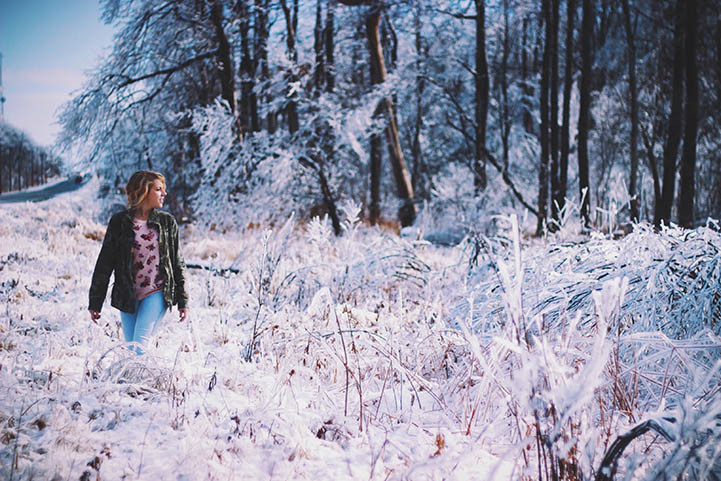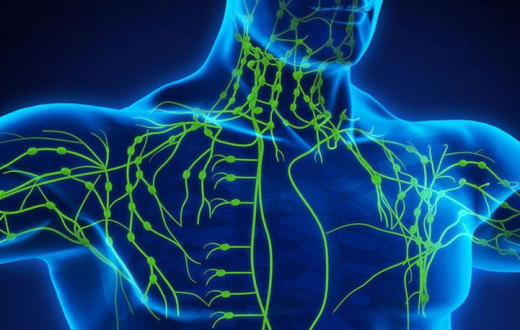
Winter is upon us, which means that in many parts of the world the weather is colder, the dark descends earlier, and the coats are heavier. For many, the colder months bring on the winter blues, also known Seasonal Affective Disorder (SAD). The phenomenon, which was only recently acknowledged in 1984, is now a scientifically validated experience. SAD is a type of seasonal depression that often begins in the fall and early winter and wanes in the spring and summer. While SAD can vary in severity depending on who it affects, common symptoms include depression, low energy, and difficulty concentrating. For people living in areas of the world that receive extremely low amounts of sunlight in the winter months, such as Seattle, Washington and parts of Alaska, SAD can be a common occurrence.
Whether you experience SAD or a mild case of the blues, the lack of sunlight and less time spent outdoors during the winter months can make anyone feel down. Luckily, there are many natural ways to remedy feelings of low energy in the wintertime. If you are prone to the wintertime blues, consider arming your mood with these tips:
1. Exercise

While the cold that comes with winter weather can leave us feeling lethargic and stiff, it is important to get regular exercise. Exercise is one of the best ways to elevate mood, as exercise provides a natural rush of serotonin and endorphins, which are often lacking in the winter due to lack of sunlight and time outdoors. Exercise also increases blood flow in the body, making tolerating cold temperatures easier. Summoning the initial motivation to exercise can be the biggest challenge, so find yourself an exercise buddy to hold you accountable and remind you of the importance of exercise. Exercise is nature’s antidepressant!
2. Go Outside
Going outside in the cold is one of the last things most people want to do in the winter (unless you love to ski!). However, getting outside can provide an instant lift in spirits, even if the sun is not out. Fresh air and natural light are essential for mental health. If possible, schedule time for walking outdoors everyday. Not only will walking increase your energy and exposure to the healthy benefits of fresh air, but routinely getting outside will help you stay connected to nature and will help you grow to appreciate the changing seasons.

3. Increase your Vitamin D
Low Vitamin D levels are common for people living in areas with low sun exposure, especially in the wintertime. Ask your doctor to test your D levels to find out whether supplementing with the vitamin is a healthy idea for you.
4. Meditate

Like exercise, meditation produces antidepressant effects, especially when practiced regularly over time. Meditation releases calming hormones, suppresses stress hormones, and stimulates the pineal gland. Meditation stimulates the parts of the brain that increase feelings of happiness and decreases activity in the parts of the brain associated with stress, making meditation an excellent antidote for SAD.
5. Light Therapy
Light therapy, often in the form of light boxes and “SAD lamps”, is commonly used to treat seasonal depression. Light therapy provides much needed light and partially replicates the effects of natural sunlight, balancing the body’s circadian rhythm, boosting mood, and enhancing sleep. If possible, set up a light box in your home or at work!
By Lucia Whalen





























